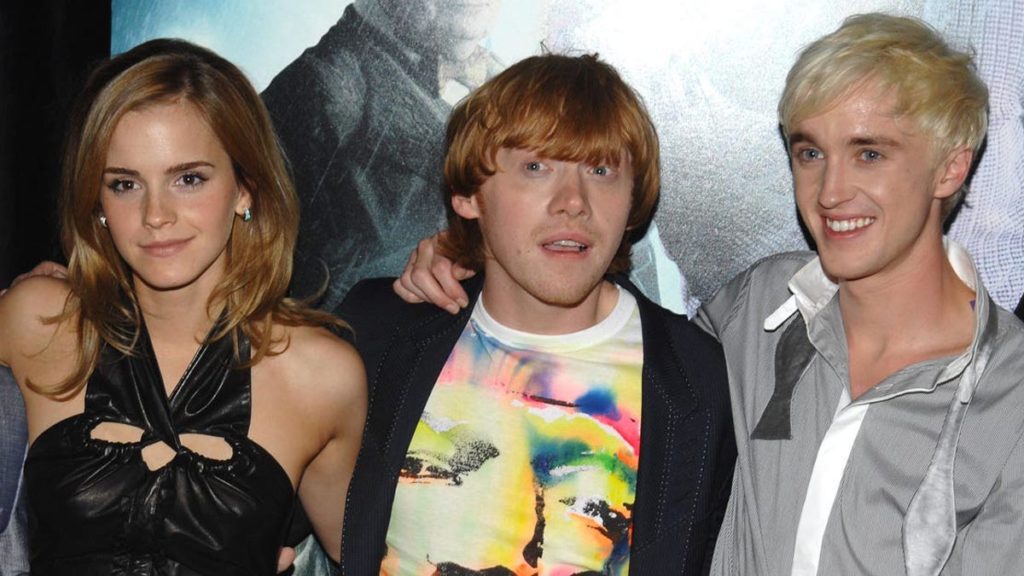Something special happens when literature and movies come together. Authors’ imaginations connect with the creativity of filmmakers. This process, known as book adaptation, has captured the hearts and minds of audiences worldwide. From cherished classics to contemporary bestsellers, the transformation of beloved books into movies or TV shows has become an art form, weaving threads of literary magic into the fabric of visual storytelling.
Just as Slots Capital Casino brings the convenience of online casinos alongside traditional gaming, adaptations bridge the gap between the written word and the cinematic experience. Successful adaptations not only introduce literature to new audiences but also breathe new life into beloved tales, rekindling interest in the original works and sparking lively discussions about the merits of adaptation, the nuances of storytelling, and the power of interpretation.
The Art of Adaptation
Adapting a book to a visual medium is a delicate art that requires a masterful blend of creativity, sensitivity, and technical finesse. It’s a transformative journey that demands a deep understanding of both the source material and the unique demands of the cinematic form.
As the inked pages of a beloved book morph into the vivid frames of a movie or TV show, challenges and nuances come to the forefront, testing the adaptors’ ability to strike a harmonious balance between faithfulness and innovation.

One of the primary challenges in book adaptation lies in the inherent differences between literature and film. Translating elements from the written word to the screen requires careful consideration to ensure that the essence of the story remains intact.
Filmmakers often grapple with how faithfully they should adhere to the original story’s narrative and themes. While some adaptations aim for a near-verbatim recreation, others take calculated liberties to enhance the visual and emotional impact of the story.
Iconic Adaptations
The alliance between literature and the silver screen has gifted us with many iconic book-to-screen adaptations that continue to resonate through the annals of popular culture. From faithful renditions to innovative reimaginings, these adaptations have left an indelible mark on both literature and cinema.
“The Help” (2011)
Kathryn Stockett’s powerful novel found new life in Tate Taylor’s adaptation, which deftly navigated the tumultuous terrain of race relations in the 1960s American South. The film retained the heart-wrenching emotional depth of the book while showcasing the outstanding performances of its cast. Both versions are celebrated for their ability to provoke empathy and ignite discussions about social injustice.
“The Green Mile” (1999)
Stephen King’s haunting tale of death row prison guards and an enigmatic inmate came to life under the masterful direction of Frank Darabont. Released in 1999, the film captured the book’s blend of supernatural and emotional elements. Its faithfulness to King’s storytelling, coupled with standout performances, resonated deeply with audiences, solidifying its place as a classic adaptation.
“Slumdog Millionaire” (2008)
Based on Vikas Swarup’s novel Q & A, Danny Boyle’s Slumdog Millionaire transported viewers into the vibrant chaos of India’s slums. The film’s kinetic energy and heartfelt narrative earned it critical acclaim and eight Academy Awards, including Best Picture. The adaptation’s unique structure and visuals transformed the novel into an unforgettable cinematic journey.
“The Shawshank Redemption” (1994)
Adapted from Stephen King’s novella Rita Hayworth and Shawshank Redemption, this film, directed by Frank Darabont, earned its place as a cinematic treasure. Its exploration of hope and friendship within the confines of a prison resonated deeply with audiences. While maintaining the essence of King’s work, the adaptation’s stellar performances and narrative finesse propelled it to become a beloved classic.
“Schindler’s List” (1993)
A major accomplishment in filmmaking and historical storytelling, Schindler’s Ark by Thomas Keneally was adapted by Steven Spielberg. The 1993 movie, which focused on Oskar Schindler’s attempts to rescue Jewish lives, portrayed the Holocaust through this prism. Its emotional power and uncompromising realism made an enduring impression, winning it many accolades and securing its place in cinematic history.
“Harry Potter Series” (2001-2011)

With the Harry Potter movie series, J.K. Rowling’s fantastical universe came to life on screen. The adaptation, which spanned eight motion pictures released between 2001 and 2011, successfully conveyed the spirit of Rowling’s complex story while allowing audiences to experience Hogwarts, the wizarding community, and its characters in realistic detail. Fans and critics alike praised the series’ excellent continuity and fidelity to the original material.
Evolving Trends in Adaptations
From the traditional silver screen to the digital realm of streaming platforms, adaptations have undergone remarkable shifts that reflect the desires and preferences of today’s audiences. This section explores the transformative trends that have reshaped the art of adaptation and broadened its scope to embrace new narratives, technologies, and perspectives.
While cinematic adaptations continue to grace the big screen, the proliferation of platforms like Netflix, Amazon Prime, and Disney+ has introduced a new dimension to the world of adaptations. Audiences now have the flexibility to experience adaptations at their own pace, binge-watching entire seasons or catching up on episodes at their convenience.
Advancements in technology have enabled filmmakers to bring fantastical elements from books to life in ways that were once deemed impossible. From dragons soaring through the skies to alien worlds teeming with vibrant flora and fauna, visual effects have breathed life into the most imaginative corners of literature.

Additionally, the once-narrow lens of adaptation has expanded to include narratives that celebrate different experiences, perspectives, and backgrounds. Stories from various cultures, often overlooked in mainstream media, are now on screens, creating a more inclusive and representative landscape.
For instance, Crazy Rich Asians (2018) adapted Kevin Kwan’s novel, showcasing a predominantly Asian cast and exploring the intricacies of Asian identity and family dynamics. This shift towards adapting diverse voices enriches the cinematic landscape and paves the way for broader conversations about representation, identity, and global storytelling.
Celebrating the Magic of Storytelling
As we navigate the intricacies of adaptation, one underlying truth remains: storytelling is a universal thread that binds us together. Whether conveyed through the pages of a book or the frames of a film, stories have the power to move, inspire, and transform.

Each adaptation weaves a unique tapestry, capturing the essence of a narrative while interpreting it through the lens of a different medium. This creative synergy exemplifies the fluidity of human imagination and our innate drive to share experiences through art. In a world full of stories, we invite you to dive into the worlds that authors and filmmakers have created and enjoy the different ways they see stories. Whether you read books or watch movies and shows, take joy in the enchantment of storytelling. Remember that while the way stories are told might change, the feelings they evoke stay the same, connecting all of us through the power of storytelling.
